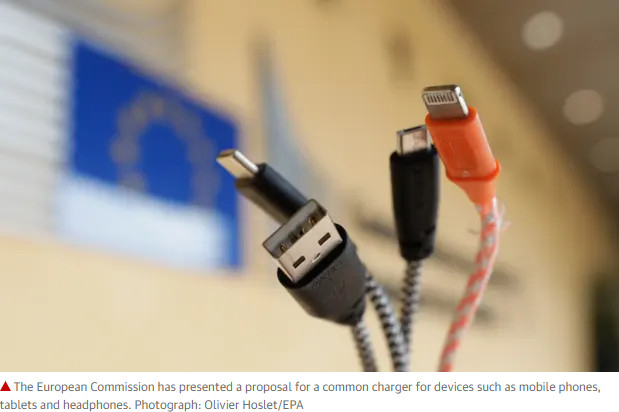
Apple is opposed to the EU's proposals to create a universal charging connector for all devices.

The current system allows Apple to use “proprietary charging interfaces”. The new directive complains that this prevents full interoperability. It says it also ignores the “environmental issues arising from the continued existence of those different charging interfaces.”
The directive says Apple’s “proprietary solutions” are “no longer justified in view of the technical advantages provided by the introduction of the USB-C interface”.
Without mentioning Apple by name, it makes clear that the company has resisted the change. It says: “Those manufacturers that have invested heavily in proprietary charging technology appear less keen, since the high charging performance of their bundled phones and EPS [external power supply] is an important part of their marketing strategy.”
It adds: “This directive aims to reduce the e-waste generated by the sale of radio equipment and to reduce the extraction of raw materials and the CO2 emissions generated by the production, transportation and disposal of chargers, thereby promoting a circular economy.”
According to a 2019 Commission research, half of the chargers sold with mobile phones in 2018 had a USB micro-B connector, 29 percent had a USB-C connector, and 21 percent had a lightning connector.
